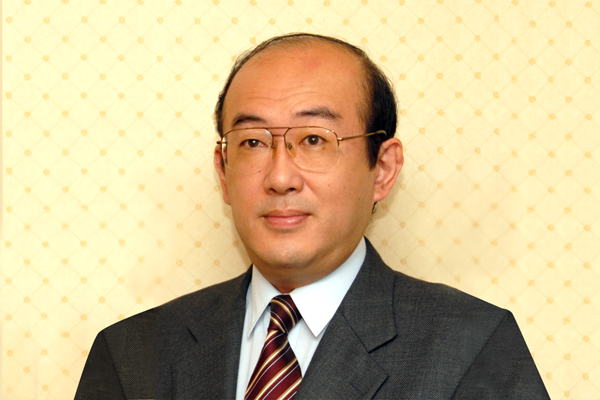A Message from the Director

The Tokugawa Art Museum, Japan’s fourth oldest private museum, opened in 1935 at Ozone, Nagoya, at the site of the retirement villa of the second Lord of Owari, Mitsutomo Tokugawa. It is also the first museum established by the descendants of an actual Daimyō family to preserve the family’s private art collection, and the first registered museum in Aichi Prefecture. The founder of this museum was my great Grandfather, the 19th head of the Owari Tokugawa Family, Yoshichika Tokugawa. Amidst the unstable social conditions following the Great Kantō earthquake in 1923 and the wars during the Taishō period (1912- 1926) and the early part of the Shōwa period (1926-1989), he created a foundation at his own expense and established this museum to prevent the dissolution of this cultural heritage, and to convey daimyō culture to future generations.
The Tokugawa Art Museum’s collection features the bequests of Ieyasu Tokugawa at its core, and includes treasures beloved by the lords of Owari, who were at the top of the three branch families (Gosanke) of the Tokugawa Shogun. Accordingly, the quality and quantity of the collection is one of the finest in Japan, particularly as representative of treasures inherited in a daimyō house. Furthermore, a particular characteristic of the Museum is that its collection has well documented historical records which show that the objects were not simply collected for viewing purposes, but rather for actual daily use in the official and private lives of the daimyō.
Merely viewing individual items side by side in a display case would limit one’s experience and imagination. For that reason, the Tokugawa Art Museum was among the earliest museums in Japan to offer displays in a more natural setting, specifically, in a space similar to that where the items were originally placed and used. In the Gallery of Masterpieces Collection, Exhibition Room 2 features a reconstructed classical teahouse that once stood in the Ninomaru Goten (Second Palace) in Nagoya Castle. Within it, the coordinated beauty of the tea ceremony can be imagined. Exhibition Room 3 has a recreation of the Ninomaru Goten formal audience chamber, and in Exhibition Room 4, visitors can appreciate the glamor of Noh costumes, seen on a reconstructed Ninomaru Goten Noh stage.
The Old Main Hall building, a fine example of pre-war Teikan (Imperial Crown) style architecture, is registered as a Tangible Cultural Property, and in Exhibition Rooms 7 to 9, various theme-focused special exhibits are held at various times, introducing different perspectives on daimyō culture. We hope visitors can enjoy different aspects of the same artwork in different contexts. From early February to early April every year, the Museum’s renowned annual displays of traditional Hina Ningyō dolls have become a symbol of the coming of spring in Nagoya.
We sometimes hear of people coming especially to see the National Treasure Tale of Genji Illustrated Scrolls, but unfortunately they are not always on display. We feel great regret on behalf of visitors who have made their way to the Tokugawa Art Museum from a distance, but we hope they will understand that this National Treasure is indeed fragile, and to protect the scrolls from deterioration, they can only be displayed for a limited period during the year. Also, in order to introduce more items within our limited exhibition space, it is necessary to periodically change the artwork on display. We do hope that the visitors will enjoy our museum, and will understand that our mission includes the preservation of valuable cultural assets for future generations.
At other times we have also been told that despite the Tale of Genji Illustrated Scrolls not being on display, visitors have been deeply impressed by a great number of other excellent artworks on display. During the 260 years of peace in the Edo period, various arts and crafts developed and flourished. We feel deeply gratified to be able to convey, through the collection of the Tokugawa Art Museum, the traditional cultural and aesthetic sense unique to Japan, cultivated during those peaceful years.
In anticipation of the forthcoming 2020 Tokyo Olympic Games, these days we frequently hear the injunction, “Japan, be a tourism-oriented country.” The Tokugawa Art Museum intends to fulfill our role of introducing traditional Japanese culture to foreign visitors. Bearing this in mind, we will spare no effort to undertake a number of new planning challenges and to disseminate information on various aspects of the museum, so that more and more visitors, including not only overseas travelers but also younger generations of visitors, can enjoy coming to the Tokugawa Art Museum.
Yoshitaka Tokugawa
Director, The Tokugawa Art Museum
